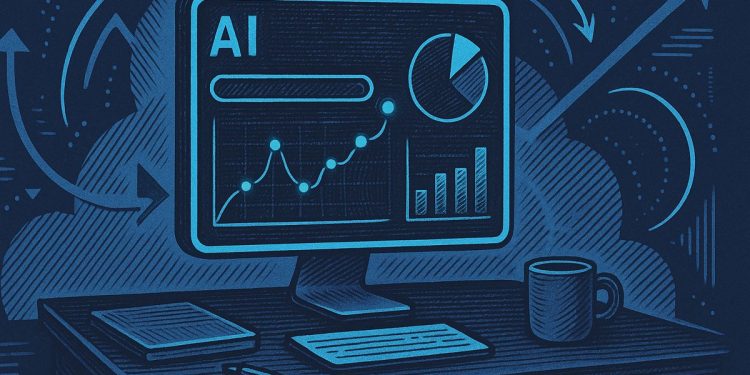AI-powered Vibe Analytics lets businesses ask questions about their data in plain English and get instant charts, predictions, and alerts. This technology turns simple text like “show last week’s sales” into database commands, so anyone can quickly find answers without being a data expert. It saves lots of time, making analysis that took days now finish in minutes. Vibe Analytics is already helping farmers, marketers, and scientists work faster and smarter. While it’s fast and easy, some complex questions still need human review, and good security is important to keep data safe.
What is AI-powered Vibe Analytics, and how does it transform business data analysis?
Vibe Analytics uses AI-driven platforms that allow business teams to query millions of data rows with plain-English questions, instantly generating charts, predictions, and alerts. By translating natural language into database queries, it drastically reduces analysis time and makes data interrogation accessible to all team members.
Vibe Analytics is a new category of AI-driven platforms that lets business teams interrogate millions of data rows through plain-English questions and receive charts, predictions, and alerts in seconds. First referenced publicly in early 2025, the approach grew directly out of the “vibe coding” movement in which developers rely on conversational AI to generate code – Vibe Analytics applies the same spirit to data science.
Key mechanic
Users type queries such as “show weekly revenue drop after the price change” or “rank top churn risks next quarter.” Under the hood, large language models convert the text into SQL, run it against cloud warehouses, surface outliers, and explain the findings in one paragraph. Early adopters report that an initial exploration cycle that previously took analysts two days now finishes in under ten minutes.
Where Vibe Analytics is already at work
– Agriculture: Vibe Imaging Analytics, a spin-off focused on machine vision, inspects 30 000 seeds per hour with 97 % accuracy; farmers use the system to grade grain quality and negotiate better prices.
– Consumer apps: Start-ups embed Vibe calls inside product dashboards so marketers can ask “which campaign drove the highest LTV yesterday?” without opening a BI tool.
– Healthcare research: In drug-discovery consortia, researchers query genomic and trial data sets to flag high-potential compounds, shaving months off pre-clinical screening.
Implementation pattern
Most teams start by connecting their Snowflake or BigQuery warehouse through a lightweight proxy. Natural-language prompts are logged, versioned, and can be promoted into scheduled workflows. Because the platform auto-documents every transformation, governance teams retain full lineage for compliance audits.
Current pricing and scale
Providers like Mixpanel and Brandwatch now bundle Vibe-style exploration layers for datasets up to 100 GB at no extra cost above existing tiers. For larger volumes, usage is metered at roughly $0.03 per 1 000 rows scanned – a tenth of the average cost of an equivalent manual analyst hour in North America.
Limitations you should budget for
Accuracy remains high for descriptive questions and simple forecasts; multi-step causal queries still need human review. Custom dictionaries are required when brand or SKU names collide with common English phrases. Security teams should ensure that role-based access filters are applied before the language model sees any data – a setting most vendors enable by default.



















